Walk Through Time..
The nearest town to the Shard, is called Poulton-le-Fylde which comes from Pool Town (old english). It eventually became Poulton-le-Fylde with the introduction of the first stamp, the Penny Black. There was more than one Poulton so to avoid confusion 'le-Fylde' was added to the postal address. The Shard and the surrounding area has a long a varied history. Here is a snapshot thought time highlighting some of the more interesting discoveries.
The Poulton Elk - 13,500 years old!
Discoveries made last century suggests Neolithic man was hunting in the area. Evidence comes from the bones of a prehistoric Elk, found in the 1970's when a local man was excavating his bungalow! Scientific dating suggest the Poulton Elk is around 13,500 years old.
Shard.. The Roman connection
Shard is an old Roman term and means 'low crossing point on a river'. The Shard is situated at the first low point along the River Wyre up from the Estuary. At low tide the riverbed is exposed and crossing on foot or by horse is possible. This crossing point was used by Roman foot soldiers on their route to Ribchester from the Irish sea.
Battle of Preston (1775)
The Northumbrian Jacobites camped on the marshes prior to the battle of preston in 1775. The battle was lost to General Wills, commander of the Government in Chester. But from an army of 1,500 Jacobites only seventeen were lost in battle. The rising in England was over and the rebels were made prisoner.
Dovecote from the English Civil War
On the far side of the river banks (looking downriver) a small brick structure can be seen. This is a dovecote built during the English Civil War (1642-1651) and belongs to the Great Hall at Mains. It was used to house pigeons and doves for food, munitions and other inventory.
A Ferryman's Cottage
Early 1800's saw the Shard turned into a ferryman cottage. The slipway still exists and can be seen today. Travellers came from all over to avoid paying the toll. They would cross the river at the Shard using horse and cart. Many headed for Knott-end and Pilling which was a busy area for market trading in those times. Many horses at Pilling sands were used for horse racing prior to the advent of commercial racing. Local legend says the local squires horse Kettle Drum, was a well know beast and made many a handsome wager for the locals.
Shard and Black Beauty
In early Victorian times the Shard was a local house and it has been stated many times that Anna Sewell (1820-1878) the Author of children's literacy classic, Black Beauty (1877) travelled from her home in Norfolk to her relatives who lived at the Shard.
Shard - A Victorian Toll Bridge
Built in 1864 and familiar in its yellow livery, the original iron toll bridge served for nearly 130 years. At low tide Victorian ladies would roll up their skirts and petticoats and enjoy a paddle in the river. The toll bridge was finally superseded in 1993 when a new bridge was built a good few meters upstream of the original bridge. This concrete replacement bridge is now toll free.
Memorial to Jake the dog - Who's master died saving the hound
Outside the Shard stands a lone gravestone. Back in 1908 the building was as a family home to the Renshaws. On 14th August 1908, Norman Henshaw was swept away by the fast flowing tidal river. His boat hit the nearby toll bridge and began to sink. Though he had chance to grab rescuers ropes, 25 year old Norman stayed to save his faithful dog, and Norman sadly drowned. The dog swam to safety and lived another 6 1/2 years. The gravestone commemorates the dog, Jack but oddly not his owner, Norman Henshaw.









